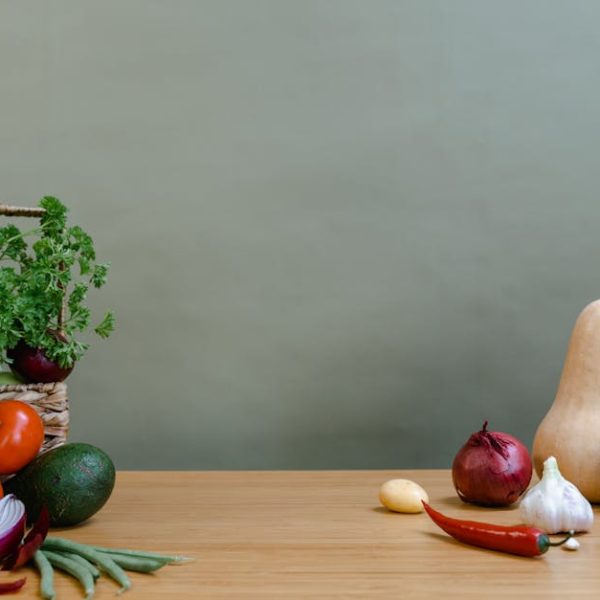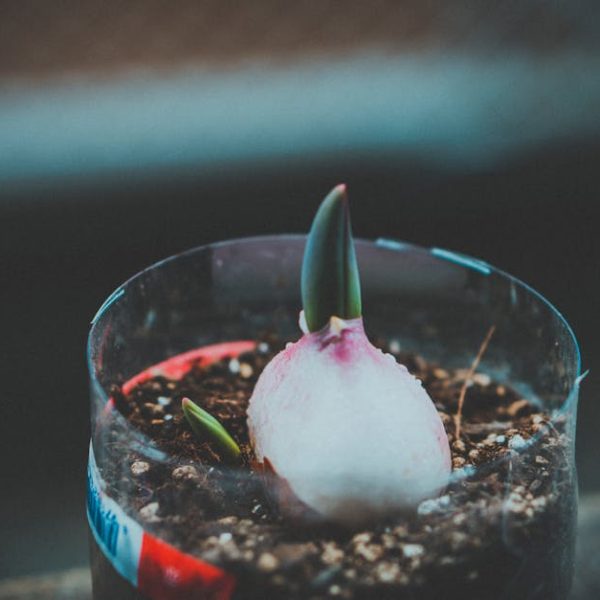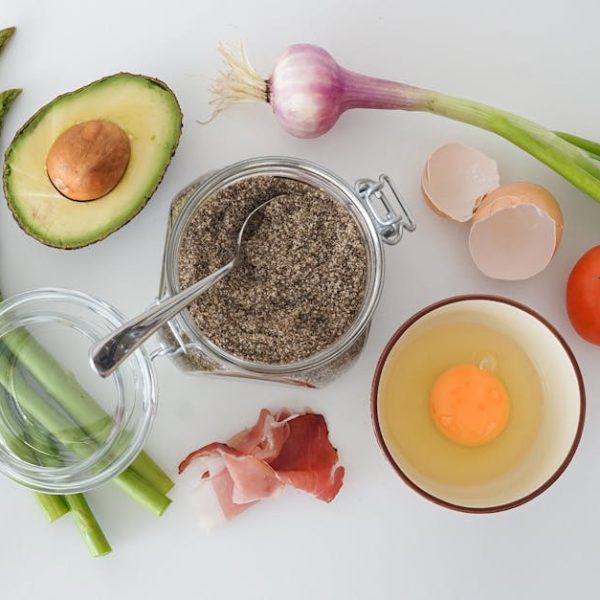As an important staple in many people’s diets, potatoes are one of the most common vegetables found in households worldwide. Known for their versatility and satisfying starchy goodness, potatoes are a fan favorite whether mashed, baked, fried, or boiled. However, their shelf life at home can be quite brief due to improper storage techniques, which leads to premature spoilage. This unfortunate event can be easily prevented. Thus, in this article, we will explore more than five simple ways to keep your potatoes fresh longer.
Understanding the Potato’s Nature and Optimal Storage Conditions
Before diving into the tips for storage, it’s essential to understand the nature of potatoes. Unlike other items in your kitchen, potatoes are a living organism that continues to breathe even after being harvested. This process, known as respiration, is influenced by temperature, humidity, and light. Hence, managing these conditions is vital to extend your potatoes’ freshness.
A fresh potato is firm to the touch, with a smooth, consistent skin. It should not have significant sprouting eyes or green patches on the skin. Furthermore, if the potato emits a sweet smell instead of an earthy odor, you might have reached the beginning of potato spoilage. During your potato selection process, remember:
- Tip: Look for firm potatoes with unbroken skin, no sprouting eyes, and a natural earthy smell. Reject any potato that is soft, has significant discoloration, or smells unusually sweet.
With selection out of the way, the next step is ensuring your potatoes are stored under ideal conditions.
- Best Practice: Potatoes should be stored in a cool, dark, well-ventilated location. Good ventilation is important to prevent condensation that encourages rotting.
Importance of Proper Initial Selection
You might think that the real challenge in maintaining potato freshness starts when you get home from the grocery store, but in fact, it begins at the point of purchase. Your potatoes’ storage life is significantly influenced by their condition and type when you buy them. For a good selection, tick off these boxes:
- Checklist: Choose firm potatoes preferably free from sprouts. Look out for a consistent skin color while avoiding any potatoes with cuts, cracks, or major bruises.
Moreover, different types of potatoes have varied storage capabilities. For instance, thick-skinned potatoes like Russet have longer shelf life compared to thin-skinned varieties like Red potatoes.
- Pro tip: If you don’t intend to consume your potatoes immediately, consider buying varieties with thicker skin, as they tend to store better and longer.
With your ideal potatoes chosen and unpacked at home, let’s dive into different storage techniques that preserve freshness.
Storage Techniques to Extend Potato Longevity
Rather than simply tossing your potatoes into the nearest cabinet or leaving them in the plastic bag from the store, there are useful techniques you can adopt that will significantly extend their freshness.
One effective strategy is using proper storage containers. Baskets, paper bags, and cloth bags are ideal choices due to their good ventilation, which prevents dampness and subsequent rotting.
- Comparison: Baskets offer better ventilation than bags, but bags are a more space-saving solution in limited-storage kitchens. Regardless of the storage type you choose, remember to avoid overcrowded storage as it promotes heat and dampness.
Having considered this, you might be curious about how temperature and humidity play essential roles in keeping your potatoes fresh. The next section will satiate your curiosity.
The Role of Temperature and Humidity in Potato Storage
Potatoes are just like Goldilocks when it comes to storage; they need conditions that are just right both in terms of temperature and humidity. Cold temperatures can cause potatoes to sweeten and alter their taste, while high temperatures can speed up the sprouting and aging process.
- Best Practice: Keep potatoes stored at temperatures between 45°F and 50°F under high (but not wet) humidity for optimal shelf life.
Moreover, the consequences of different storage temperatures can greatly vary.
Pros and Cons:
“`
| Temperature | Pros | Cons |
|---|---|---|
| Cold (32°F-40°F) | Prevents sprouting | Causes sweetening |
| Optimal (45°F – 50°F) | Preserves taste & texture | May still sprout over time |
| Warm (above 60°F) | Convenient for storage in normal room conditions | Speeds up aging & sprouting |
“`
Now that you understand the effect of temperature and humidity, we’ll discuss some common misconceptions about potato storage.
Common Myths and Misunderstandings About Potato Storage
There always seems to be some confusion or controversy surrounding the proper care of fruits and vegetables, and potatoes are no exception. Here, we debunk some myths and provide the truth about potato storage.
- Myth vs Truth: One often-heard advice is to store potatoes in the refrigerator. The truth, however, is that refrigeration is not ideal as the cold environment triggers the aforementioned sweetening process, altering the potato’s original taste.
- Pro tip: Aside from visual cues, use your sense of touch and smell to determine potato freshness. A fresh potato should be firm, not soft or shriveled, and should have a pleasant earthy scent.
Finally, let’s discuss when it’s best to use stored potatoes and the signs that they might not be fresh anymore.
Maintaining Quality: When to Use Stored Potatoes
Holy chip, you’ve kept your potatoes nice and fresh—now what? Knowing when to use your stored potatoes can be the last hurdle in maintaining their quality and nutritional value.
- Checklist: Pay attention to signs of spoilage such as softness, unusual odor, significant sprouting, discoloration, or even the presence of mold.
When the time comes to consume your well-preserved potatoes, remember:
- Pro tip: Older potatoes work better in recipes that call for boiling and mashing, whereas fresher potatoes shine in recipes like roasting or baking that preserve their texture.
Keeping your potatoes fresh ideally requires a combination of proper initial selection, optimal storage conditions, appropriate storage techniques, and the right use at the right time. Try applying these easy tips and say goodbye to fast-spoiling potatoes!
Key Takeaway:
- Understanding the nature of potatoes aids in maintaining their freshness.
- Proper selection at the point of purchase affects the storage life of potatoes.
- Adequate storage techniques, including using baskets, paper bags, or cloth bags, play a crucial role in extending the freshness of potatoes.
- The role of temperature and humidity is significant in maintaining the potatoes’ quality in storage.
- There are several misconceptions about storing potatoes which, when debunked, support better storage practices.
- Understanding when to use stored potatoes and what to look out for in terms of freshness helps to get the most out of storage efforts.
Encountering spoiling potatoes should be a thing of the past with these easy tips. Remember, proper selection, ideal storage conditions, appropriate storage techniques, understanding of potato nature, and debunking of common misconceptions all play a vital role in extending the freshness of your potatoes. Enjoy your favourite potato dishes with fresh and tasty potatoes anytime by following these guidelines!
FAQs
Q: Are there different storage guidelines for organic vs non-organic potatoes?
A: Regardless of whether your potatoes are organic or non-organic, the same storage rules apply.
Q: How do I prevent green spots from forming on my potatoes?
A: Green spots can be prevented by storing your potatoes in a dark place, as exposure to light encourages greening.
Q: Is it safe to eat a sprouted potato?
A: While it’s safe to eat a potato that has started to sprout, make sure to remove the sprouted eyes before cooking as they can contain toxins.
Q: Can I store my potatoes with other vegetables?
A: It’s best to store potatoes separately from other produce as some vegetables, like onions, can accelerate the sprouting process in potatoes.
Q: What can I do with potatoes that are starting to spoil?
A: There are several ways to utilize slightly older potatoes. They are suitable for boiling and mashing, or you can make them into a soup. Always discard potatoes that are mushy, smell off, or have mold.
We hope you found our article useful. Feel free to share this with your fellow potato lovers and explore more posts on our site!






